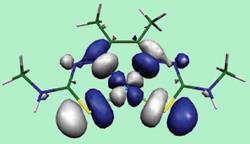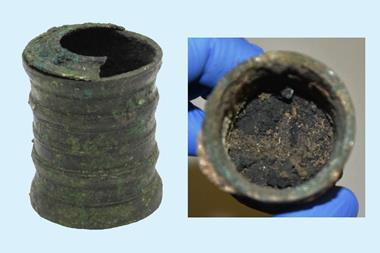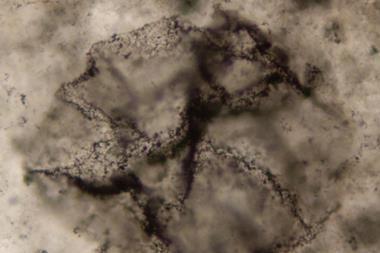Understanding how copper complexes target hypoxic tissues (those lacking oxygen) could aid cancer treatment, say UK chemists.
Understanding how copper complexes target hypoxic tissues (those lacking oxygen) could aid cancer treatment, say UK chemists.
Copper bis(thiosemicarbazonato) complexes are hypoxia selective agents that can be used for imaging lack of oxygen in biological tissues. Tissue hypoxia occurs in many diseases, including heart disease, stroke and cancer.
The ability to measure the extent of hypoxia is particularly valuable for the successful treatment of cancer, as hypoxia is known to reduce the effectiveness of radiotherapy and chemotherapy.

Copper complexes of bis(thiosemicarbazonato) ligands have been shown to be selectively trapped in hypoxic tumour cells. These complexes when combined with a radionuclide of copper can be used to image hypoxia using in vivo imaging techniques such as positron emission tomography (PET) and single photon emission computerised tomography (SPECT).
Jennifer Green, Jonathan Dilworth and colleagues at the University of Oxford propose a mechanism involving initial intracellular reduction followed by possible protonation of the complex. The positive species prevents diffusion out of the hypoxic tumour cells, trapping the complex inside. The researchers hope that a better understanding of the mechanism will help improve the design of radiopharmaceutical drugs.
Future plans include developing hypoxia selective agents capable of measuring varying degrees of hypoxia using imaging techniques and exploring the use of these radiopharmaceuticals for the treatment of other diseases such as heart disease and stroke.
Sarah M Corcoran
References
J P Holland, J C Green and J R Dilworth, Dalton. Trans., 2006 (DOI: 10.1039/<MAN>b512656h</MAN>)






No comments yet